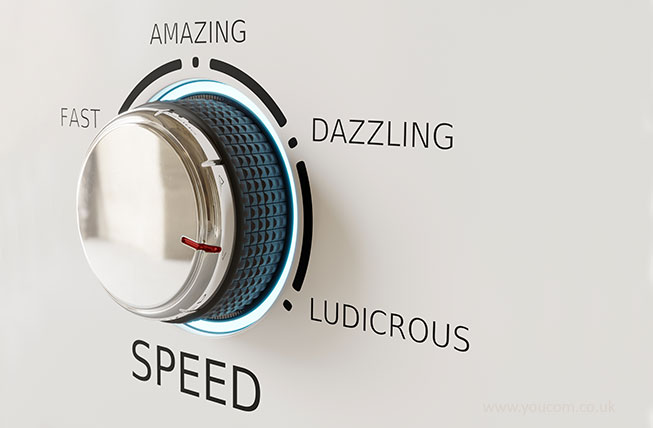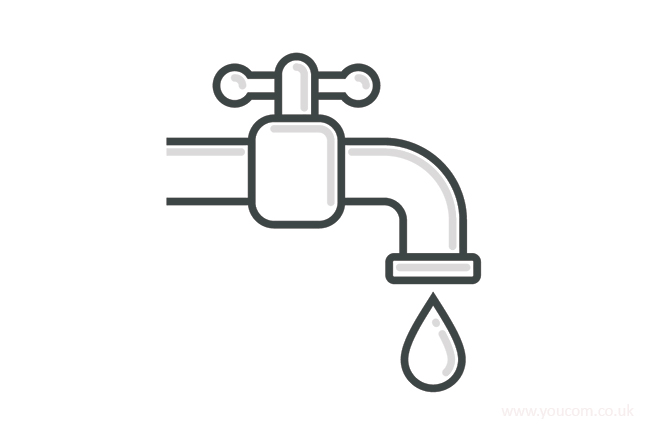
Speed is the question as often as it is the answer. With advertising, do you run a fast short campaign (a ‘burst’ strategy) where the frequency of advert exposure is high over a short period?
Or do you run a slow long campaign (a ‘drip’ strategy) where your advertising is going out less frequently but for longer?
Certainly, a new brand or new product, a re-launched brand/product, or a new concept, something outside the status quo, will need a high frequency burst campaign to reach the most amount of people and get sales up to recoup investment plus build market share.
A brand already well positioned with their target audience only needs relatively low levels of awareness to reinforce the brand (PG Tips is a good example).
The drip strategy is good for firms with less seasonality such as staple food brands like Birds Eye Peas or Jacket Potatoes. The all-year-rounder brand. While, as discussed, technology will suit a burst campaign because it looks to recruit as many new users as possible before it’s either replaced or ‘benchmarked’ (ideas stolen & copied) by competitors.
So, whereas a traditional app download campaign works cost-effectively for established brands, new app ideas require a burst of activity to create a large number of downloads, fast.
,
This burst approach builds the user-base, but also impacts on the app rank in the download charts. Gaining that top spot in the download charts will lead to organic downloads of their own.
This is similar to how we use PPC to boost SEO. We prefer SEO (it costs us a lot less money!) but PPC is needed to get the brand reach. Some apps will require a burst campaign that is scheduled with events and the seasonality of certain categories.
Therefore, if you have a Daddy Christmas app, it’s no good paying for drip marketing in July. It would have greater ROI if advertised on the lead up to Christmas.
Social Media Marketing (SMM) as one more channel in the marketing mix can work with burst marketing strategies but it does perform rather well with drip marketing. You can schedule social media posts in advance and specify the frequency.
Many brands also use the drip strategies to close a sale. For instance, the shopping carts online that get abandoned can be followed up with drip messaging.
Persistent burst follow-up messaging will deter the sale, but drip marketing offers the ability to remain in the buyer’s mind and prompt a call-to-buy action, without risking the relationship.
There is a third strategy less well known. This is known as pulsing.
Pulsing combines the two strategies of drip and burst. This spreads advertising out over a period with some days on and some days off.
So instead of a burst of advertising, or a regular low-level frequency of advertising, there is a small burst and then an absence, then a small burst again.
As expected it can be quite expensive. However, when run in sync with good modelling it can result in better ROI. For instance, say you have a radio campaign that generates post-campaign sales for the next three weeks. Should you have had a burst campaign planned, you would now move to a pulse strategy of repeating the campaign every three weeks.
Follow the YouCom Media news posts to see the next developments.
Glossary:
SMM – Social Media Marketing
Required reference:
YouCom Media News, Oct 2019, London, ‘Drip or Burst?’










